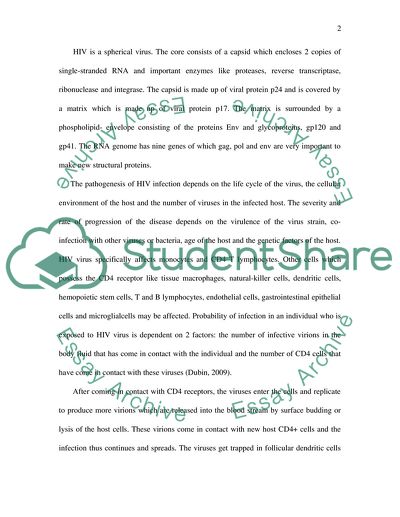Cite this document
(Modes of Transmission of HIV, HBV and HCV Research Paper, n.d.)
Modes of Transmission of HIV, HBV and HCV Research Paper. Retrieved from https://studentshare.org/health-sciences-medicine/1723597-transmission-risk-factors-for-hiv-hbv-and-hcv-viruses-evaluation-of-public-health-programmes
Modes of Transmission of HIV, HBV and HCV Research Paper. Retrieved from https://studentshare.org/health-sciences-medicine/1723597-transmission-risk-factors-for-hiv-hbv-and-hcv-viruses-evaluation-of-public-health-programmes
(Modes of Transmission of HIV, HBV and HCV Research Paper)
Modes of Transmission of HIV, HBV and HCV Research Paper. https://studentshare.org/health-sciences-medicine/1723597-transmission-risk-factors-for-hiv-hbv-and-hcv-viruses-evaluation-of-public-health-programmes.
Modes of Transmission of HIV, HBV and HCV Research Paper. https://studentshare.org/health-sciences-medicine/1723597-transmission-risk-factors-for-hiv-hbv-and-hcv-viruses-evaluation-of-public-health-programmes.
“Modes of Transmission of HIV, HBV and HCV Research Paper”, n.d. https://studentshare.org/health-sciences-medicine/1723597-transmission-risk-factors-for-hiv-hbv-and-hcv-viruses-evaluation-of-public-health-programmes.


